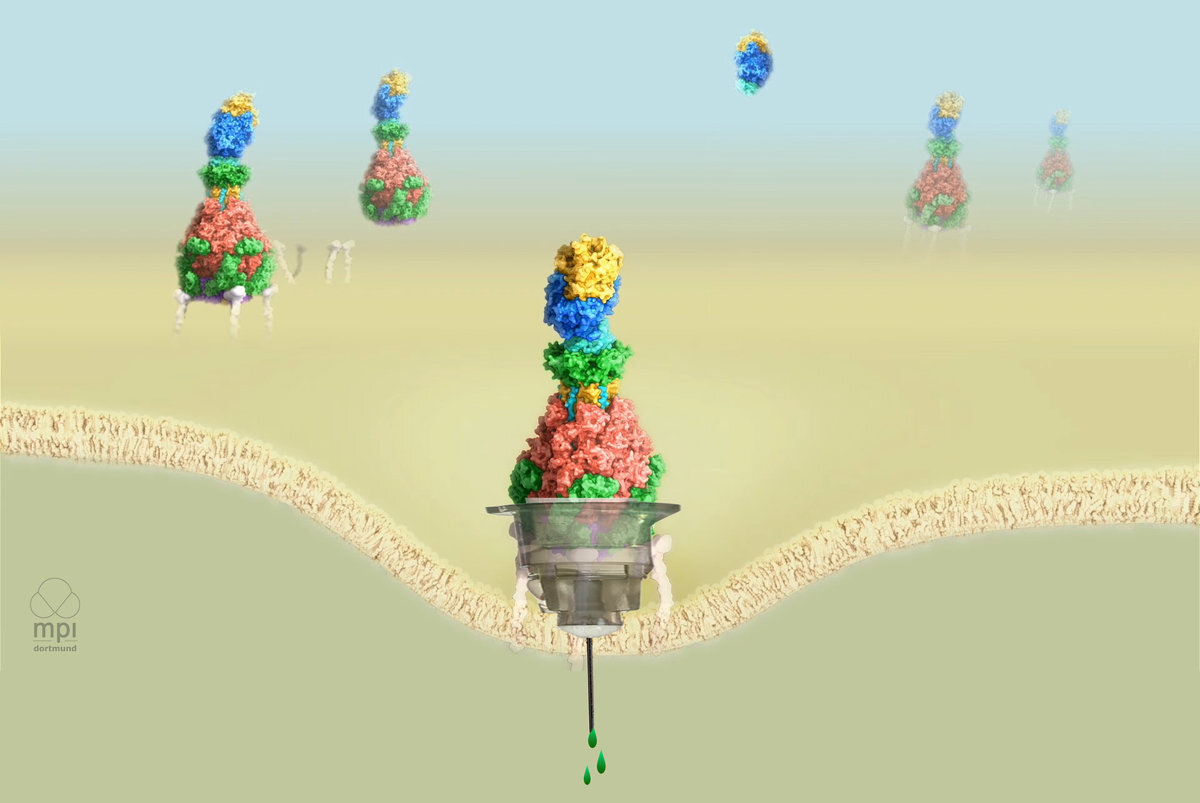Protein injections in medicine
Date: 11.12.2019
Pathogens can use a range of toxins to damage their host organism. Bacteria, such as those responsible for causing the deadly Plague, use a special injection mechanism to deliver their poisonous contents into the host cell.
 Stefan Raunser, Director at the Max Planck Institute for Molecular Physiology in Dortmund, together with his team, has already produced a detailed analysis of this toxin's sophisticated mechanism. They have now succeeded in replacing the toxin in this nano-syringe with a different substance. This accomplishment creates a basis for their ultimate goal to use bacterial syringes as drug transporters in medicine.
Stefan Raunser, Director at the Max Planck Institute for Molecular Physiology in Dortmund, together with his team, has already produced a detailed analysis of this toxin's sophisticated mechanism. They have now succeeded in replacing the toxin in this nano-syringe with a different substance. This accomplishment creates a basis for their ultimate goal to use bacterial syringes as drug transporters in medicine.
As soon as bacteria have entered a host organism, they deploy their lethal weapon. Just like a syringe needle, they insert a channel through the outer protective layer of the host cell. The toxic protein contained in the capsule is then injected and attacks the cell's structural framework. Within just a few minutes, the cell dies.
Raunser's team discovered this lethal mechanism by using cryo-electron microscopy, a technique employed by only a few research groups in the world. What this technique reveals is the three-dimensional structure of proteins in near-atomic resolution."
Stefan Raunser's researchers have now found a way to replace the toxin in the bacteria's nano-syringe with different proteins, and then inject them into cells. "With this technique, we have taken the first step towards our ultimate goal of using these nano-syringes in medicine to introduce drugs into body cells in a targeted manner," says Raunser, describing the successful research results.























